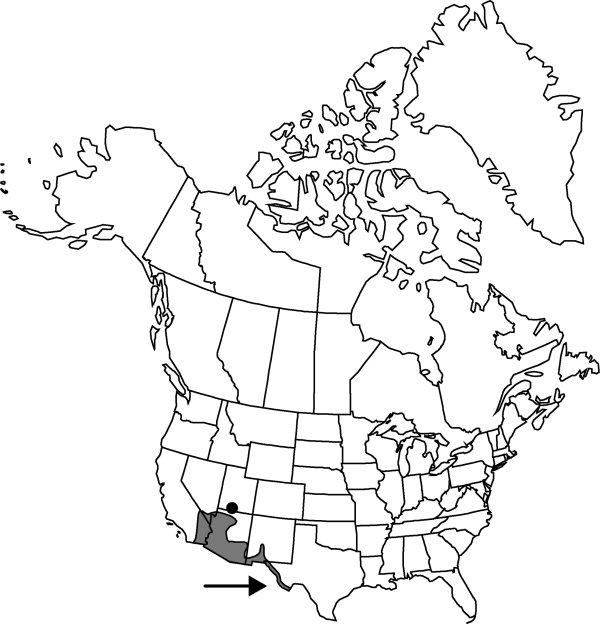Difference between revisions of "Boerhavia wrightii"
Amer. J. Sci. Arts, ser. 2, 15: 322. 1853.
FNA>Volume Importer |
imported>Volume Importer |
||
| (3 intermediate revisions by 2 users not shown) | |||
| Line 31: | Line 31: | ||
-->{{#Taxon: | -->{{#Taxon: | ||
name=Boerhavia wrightii | name=Boerhavia wrightii | ||
| − | |||
|authority=A. Gray | |authority=A. Gray | ||
|rank=species | |rank=species | ||
| Line 46: | Line 45: | ||
|publication year=1853 | |publication year=1853 | ||
|special status= | |special status= | ||
| − | |source xml=https:// | + | |source xml=https://bitbucket.org/aafc-mbb/fna-data-curation/src/2e0870ddd59836b60bcf96646a41e87ea5a5943a/coarse_grained_fna_xml/V4/V4_37.xml |
|genus=Boerhavia | |genus=Boerhavia | ||
|species=Boerhavia wrightii | |species=Boerhavia wrightii | ||
Latest revision as of 21:58, 5 November 2020
Herbs, annual; taproot tapered, soft or ± woody. Stems erect or ascending, unbranched in small plants to ca. 1–5 times branched throughout, 20–60 dm, densely glandular-pubescent throughout. Leaves mostly in basal 1/2; larger leaves with petiole 5–35 mm, blade ovate-triangular, ovate, or broadly lanceolate, 15–55 × 7–35 mm (distal leaves smaller, proportionately narrower), adaxial surface usually pubescent, often glandular, sometimes glabrate but with hairs along midrib, abaxial surface similar, somewhat paler, both surfaces often finely punctate with groups of brown cells, base usually round to obtuse, occasionally subtruncate, margins ± sinuate, apex acute, occasionally obtuse. Inflorescences terminal, branched ca. 1–4 times unequally, without sticky internodal bands; branches strongly ascending, terminating in spicate or racemose flower clusters, axis 10–35 mm. Flowers: pedicel 0.3–0.7 mm; bracts at base of perianth persistent, 1–2, ovate-acuminate, 1.5–4 mm; perianth whitish to pale pink (rarely golden yellow), campanulate distal to constriction, 1.2–1.4 mm; stamens 2–3, included or barely exserted. Fruits 4–15 per cluster, well spaced to completely overlapping, straw colored to tan at maturity, broadly obovoid, 2.1–2.5 × 1–2 mm (l/w: 1.3–2.1), apex rounded, glabrous; ribs 4(–5), broadly acute, never winged, slightly rugose adjacent to sulci; sulci 0.5–1 times as wide as base of ribs, coarsely transversely rugose, not papillate. 2n = 54.
Phenology: Flowering summer.
Habitat: Sandy soils, among desert shrubs
Elevation: 400-1200 m
Distribution

Ariz., Calif., Nev., N.Mex., Tex., Utah, Mexico (Chihuahua, Sonora).
Discussion
Selected References
None.